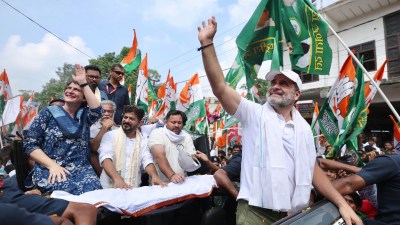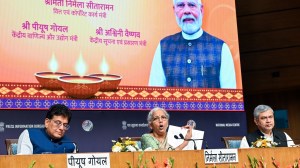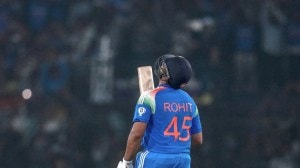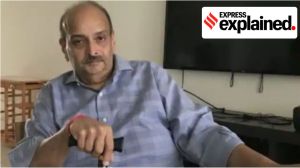More than half of heart attack deaths happen at home because of delay in treatment, says AIIMS study
About half of the deceased did not visit any health facility during their terminal illness and only one in ten subjects reached an appropriate health facility within the first hour after onset of the symptoms for treatment. An awareness of signs and symptoms is the need of the hour, says Dr Dr Ambuj Roy, professor of cardiology at AIIMS.
 Only a small proportion of patients with cardiac and stroke emergencies reach health facilities early, a study conducted by AIIMS Delhi doctors have said. (Source: Freepik)
Only a small proportion of patients with cardiac and stroke emergencies reach health facilities early, a study conducted by AIIMS Delhi doctors have said. (Source: Freepik) More than half the deaths brought on by heart attacks happen because people are not aware of signs and symptoms that need to be taken note of during the golden hour, or the time window from the onset of a cardiac episode that allows for any intervention to take effect. Only a small proportion of patients with cardiac and stroke emergencies reach health facilities early, a study conducted by AIIMS Delhi doctors have said.
The study assessed 2,466 verbal autopsies for the study. It assessed the extent of delay in seeking appropriate care among those who died due to cardiac arrest or stroke emergencies and identified the reasons and determinants of this delay.
According to Dr Ambuj Roy, professor of cardiology at AIIMS, “Only 10.8 per cent of the deceased reached an appropriate health facility within one hour. About 55 per cent of the deaths reported a delay and most of
it occurred at home due to delay in seeking care and the least occurred at the facility level. The inability to recognise the severity of illness and financial constraints were identified as major reasons for the delays in
seeking care,” said Dr Roy.
He added that about half of the deceased did not visit any health facility during their terminal illness and only one in ten subjects reached an appropriate health facility within the first hour after onset of the symptoms.
The study found that those staying closer to a facility or families with higher income were more likely to reach within the first hour.
Funded by the Indian Council for Medical Research (ICMR), the study was conducted in two out of three tehsils (Badkhal and Ballabgarh) of the Faridabad district of Haryana which has an estimated population of 21 lakhs in 2020-21.
“We acquired a list of deaths registered between July 1, 2019, and June 30, 2020, from the Birth and Death Registrar’s office of both tehsils,” said Dr Roy. All premature deaths from 30–69 years of age that occurred during this period among the residents were arranged by geographical area.
He also stressed on the need for awareness about the symptoms of cardiac arrests and stroke and the role of early intervention. The delays identified in the study pointed out the need for interventions at population and health system levels. There have been many health system initiatives in India to reduce delays in cardiac and stroke care.
“While many of these initiatives have been implemented in an ad-hoc mode, a fully integrated district level scalable model needs to be developed in an implementation research paradigm,” the study said.
The study also added that income has been found to be more important than education in explaining the delay in taking the patient to an appropriate health facility. “We found family income to be an important determinant of delay as reported in other studies,” said Dr Roy.



- 01
- 02
- 03
- 04
- 05




























